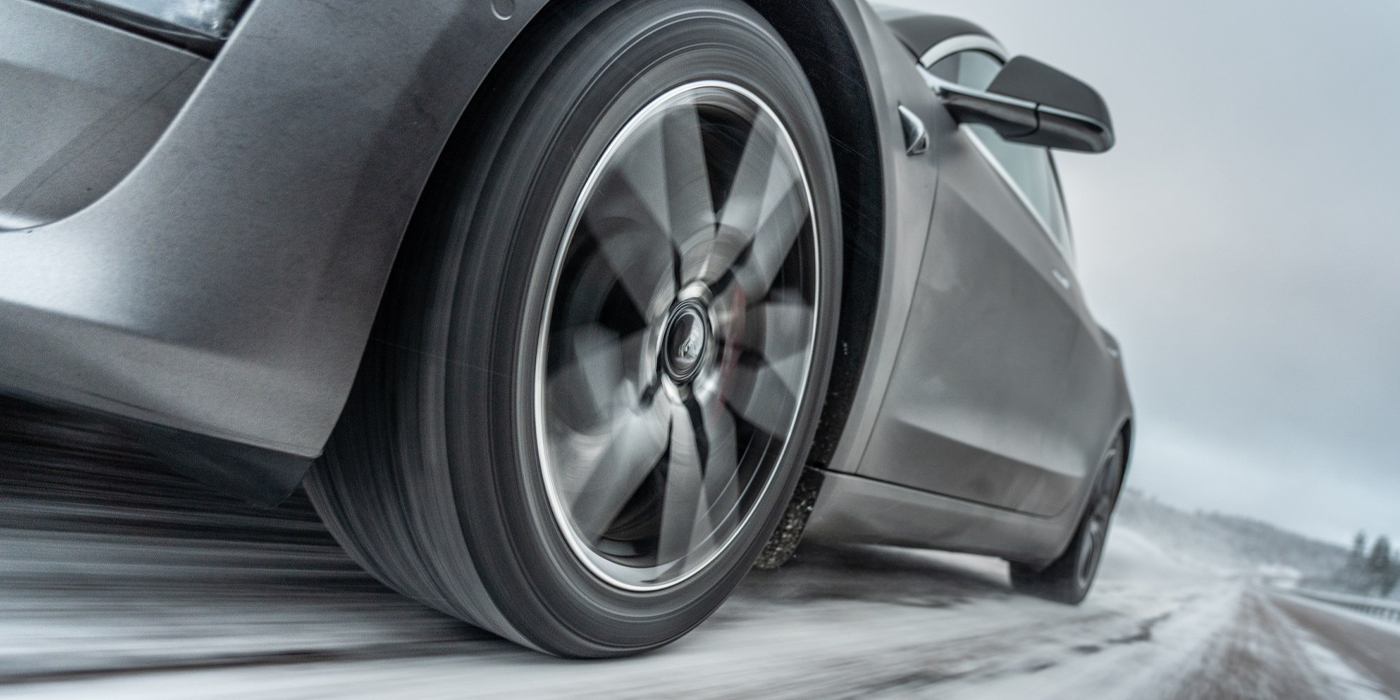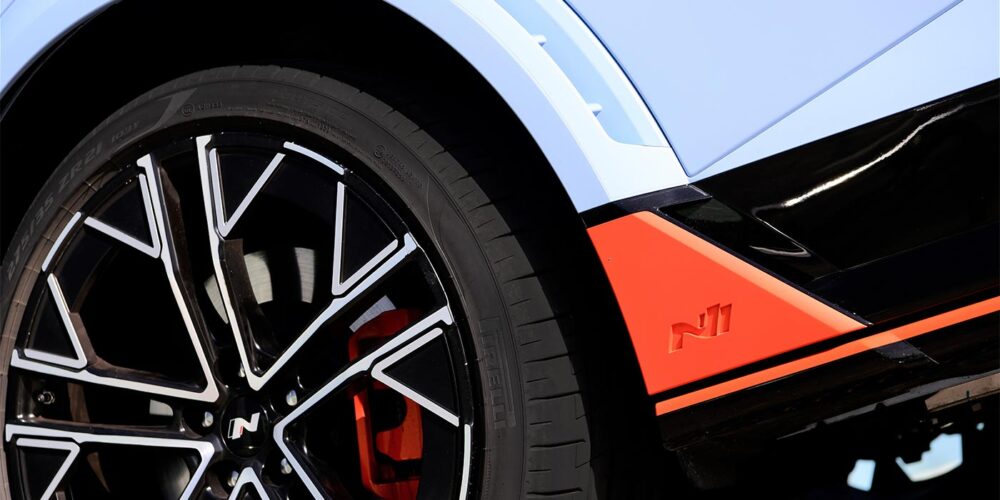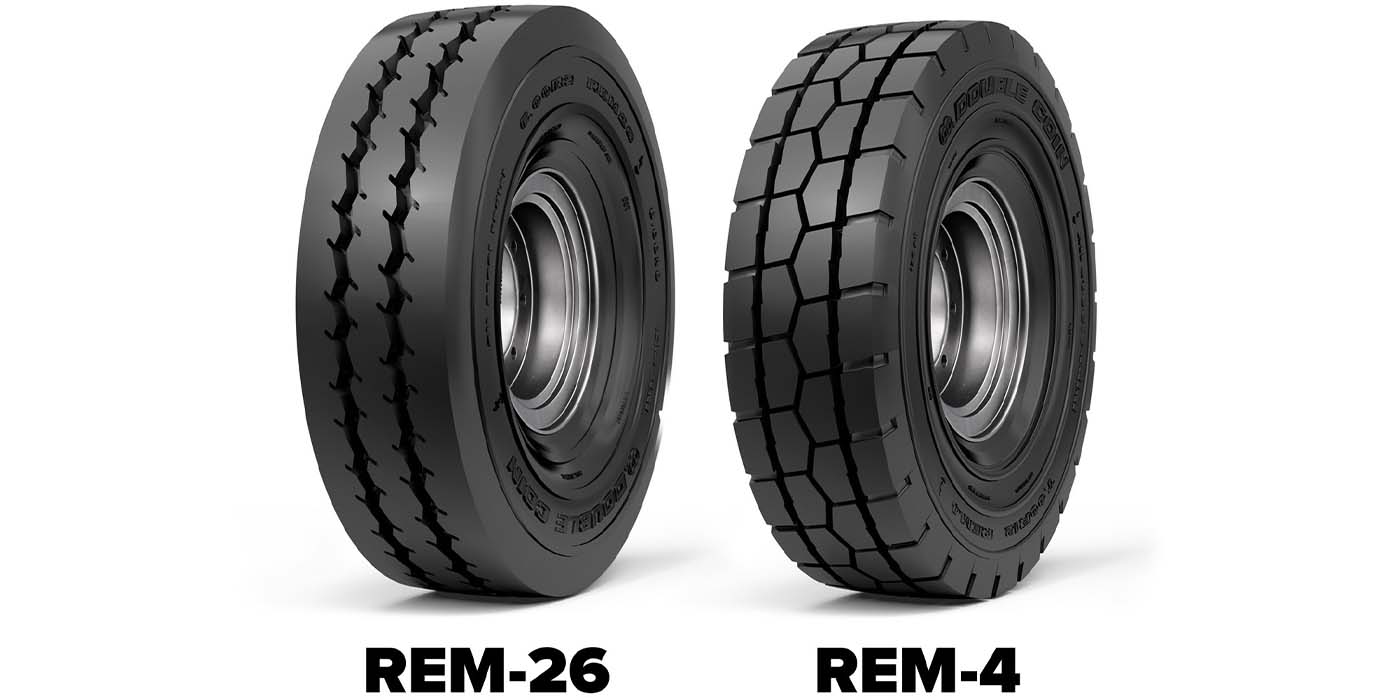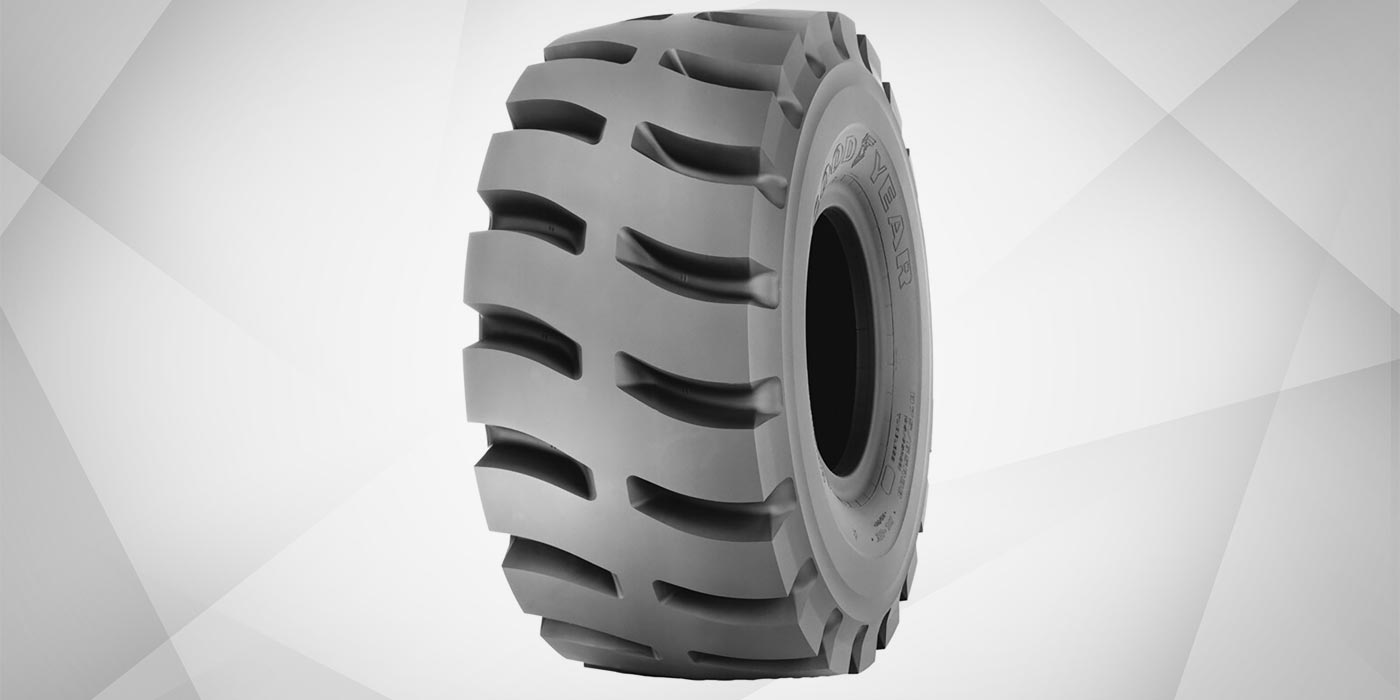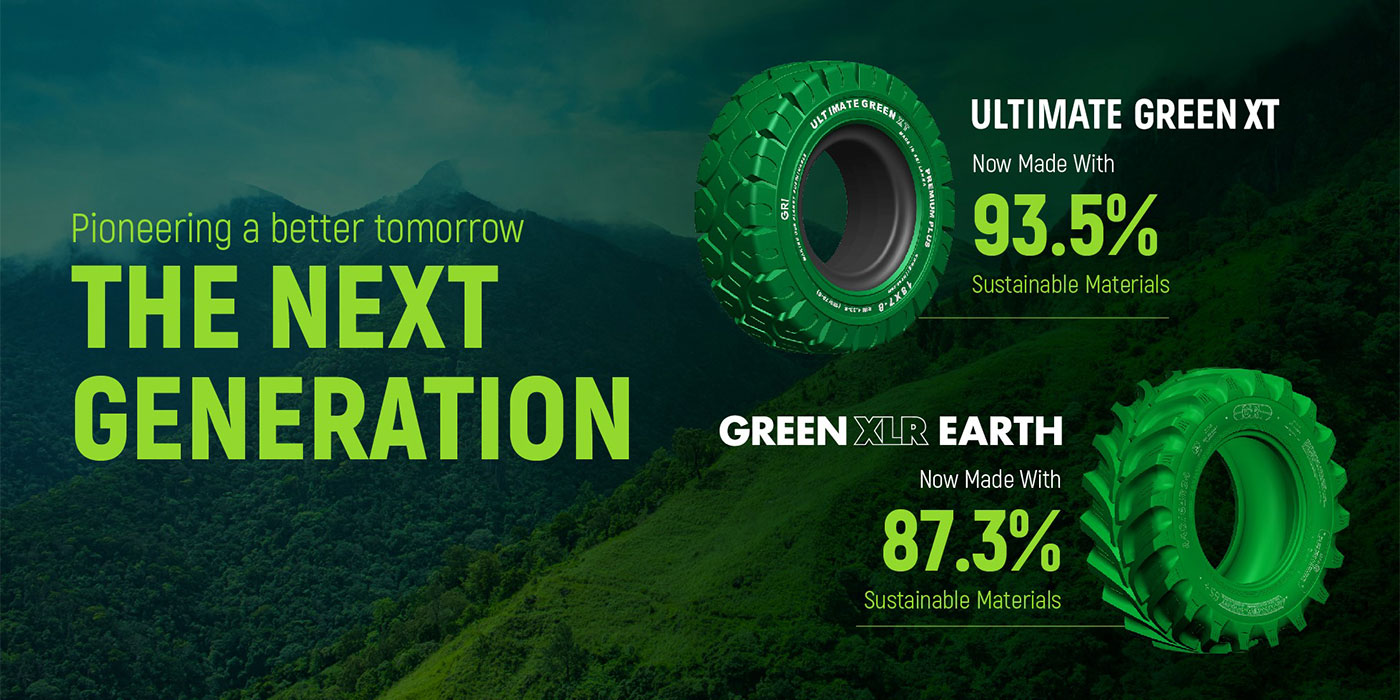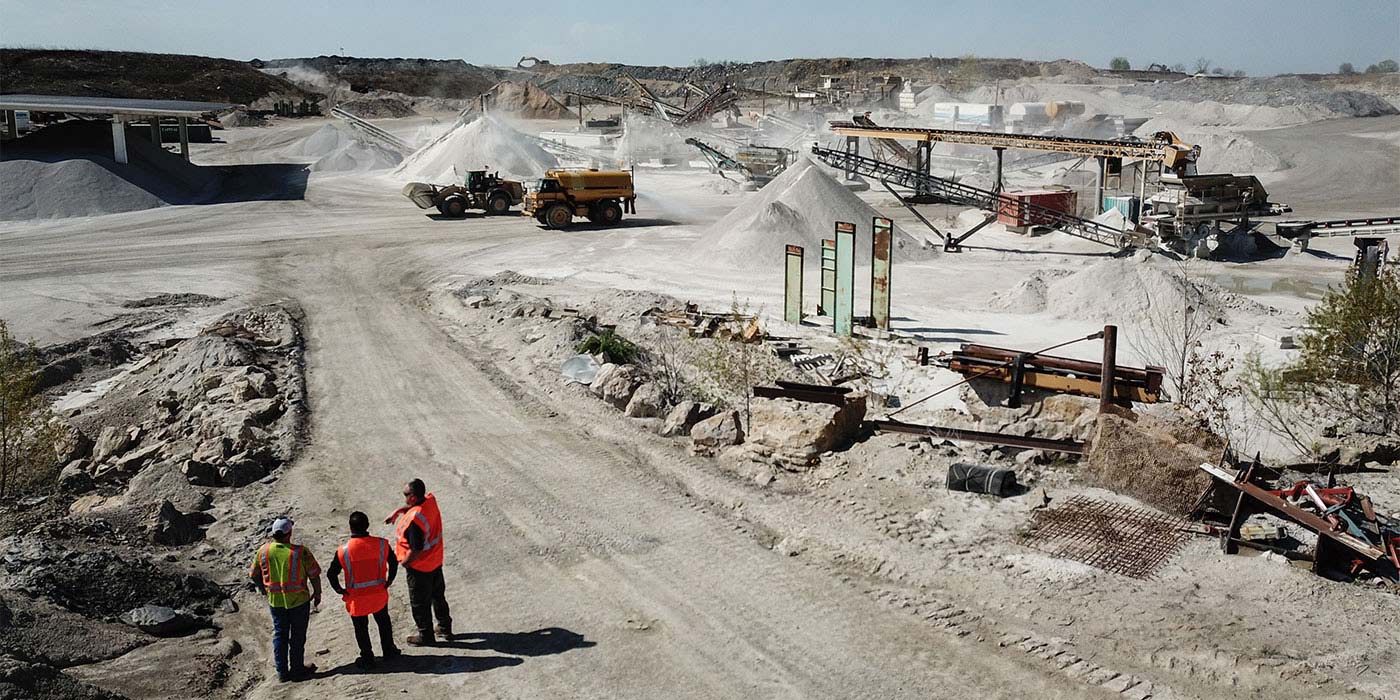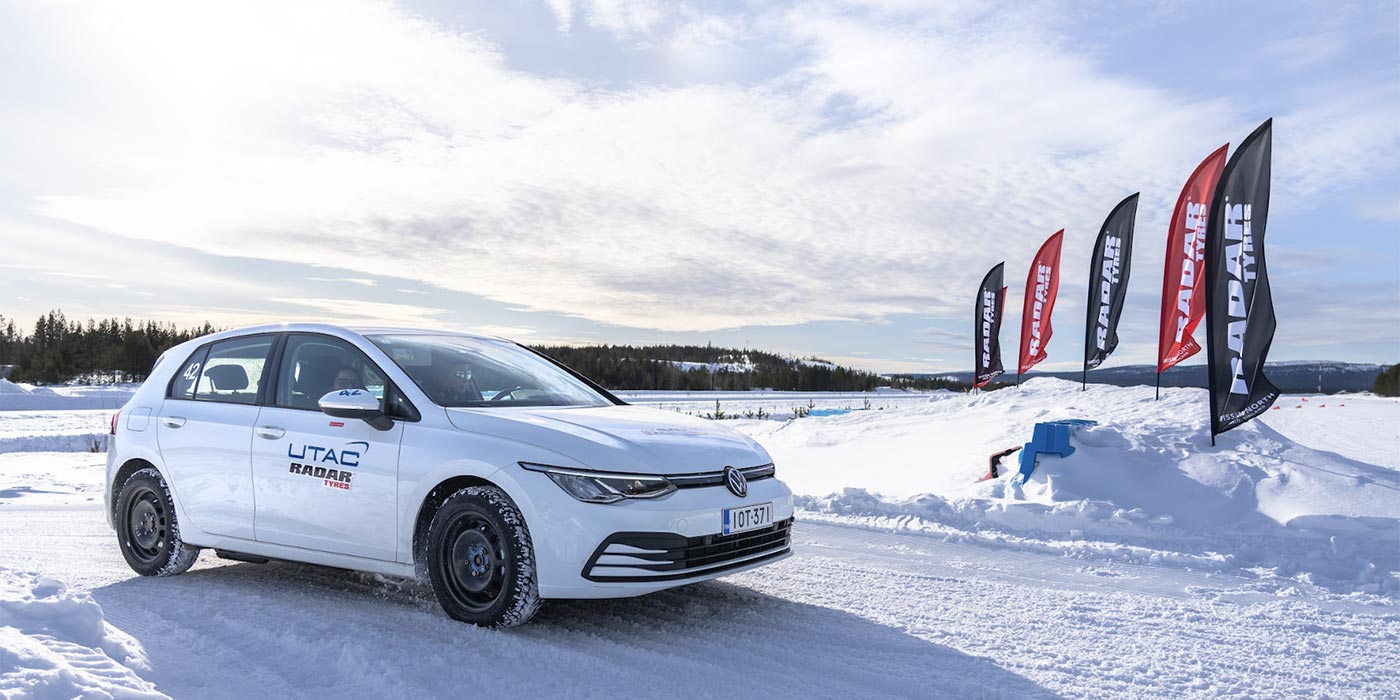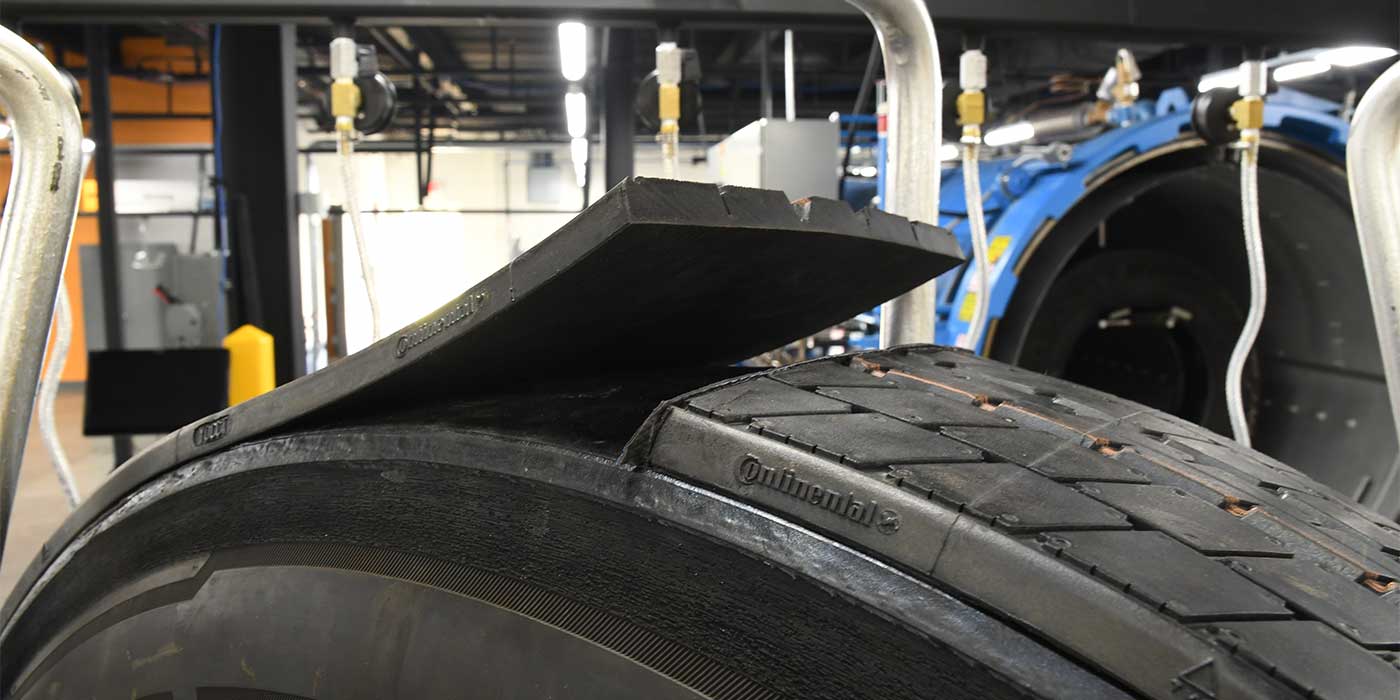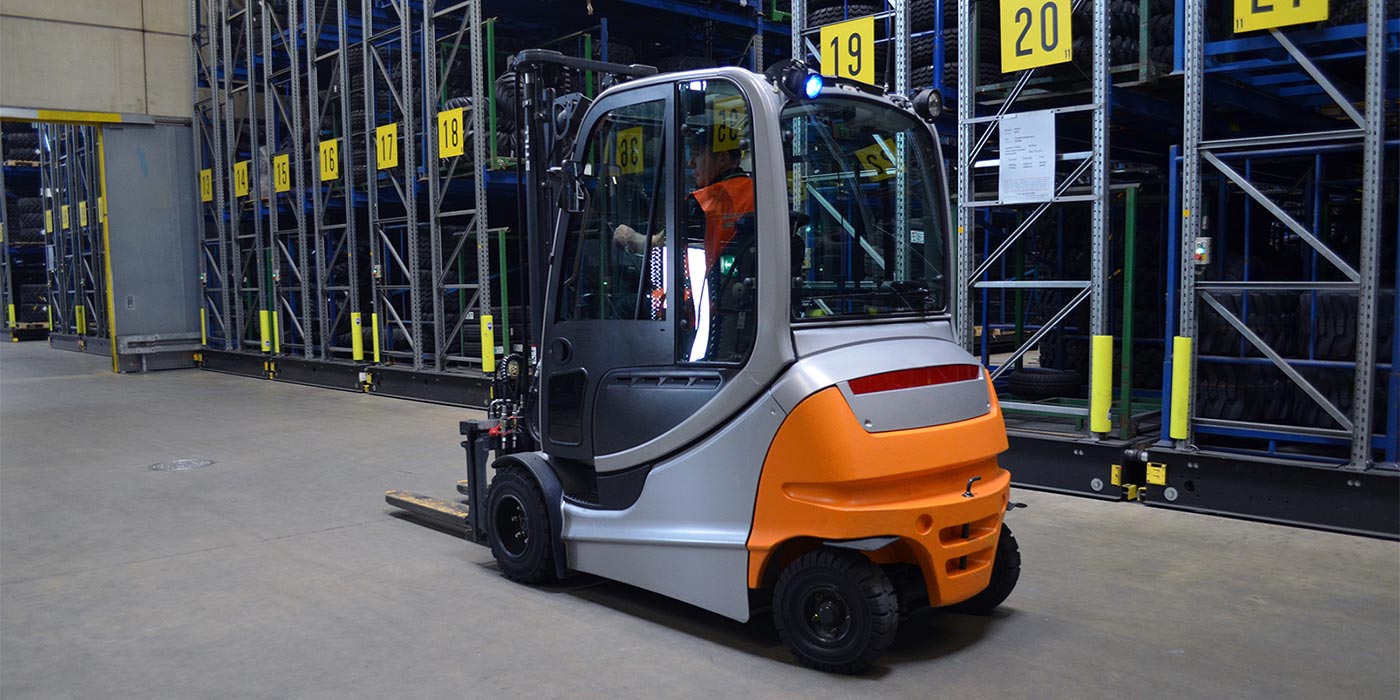Demand placed on your customers to deliver their end products at competitive prices puts a lot of pressure on the commercial tire dealer. No longer can a salesperson assume that supplying the same product to the customer is the right thing to do for both parties.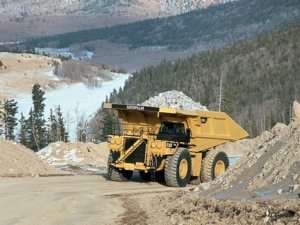
OTR tire customers are looking for ways to improve their cost per hour (CPH) by maximizing tire performance, so they need someone to work closely with them to make this happen. With tire prices constantly climbing, many factors make this even more of an opportunity. This is why a tire dealer’s approach to selling OTR tires needs to change, and dealer salespeople need to be more of a consultant/analyst than just another tire salesperson.
What is the difference? A salesperson has one goal: to sell a tire to a customer. The salesperson often does not understand or know if the operation or equipment usage has changed or will in the future.
Today, customers are looking for help from all of their suppliers – including the tire dealer – to reduce their cost to operate. Analyzing the demands on the tire by doing site audits, knowing/understanding the reasons for tire removal, delivering training and understanding future operational changes helps the consultant place the correct tire in service the first time.
Let’s look at some of the different areas that need to be studied when making a tire decision:
Tire Maintenance: Whether it is a loader or haulage vehicle, the most important maintenance practice to obtain maximum potential performance is having the correct air pressure in each tire. What is the correct air pressure for an OTR tire? Good question. Many factors go into determining the proper air pressure, such as the load being carried and the location on the equipment, but for the best results, contact the tire manufacturer to obtain a recommendation.
Are tire customers doing the proper tire rotation to maximize performance? Are they starting the new tires in the front wheel positions and then rotating to the rear positions based on an established program? Can the account obtain more hours on the front wheel position before rotating to the back, which maximizes tire life, or is the demand for rear tires forcing them to rotate early?
These are questions that need to be verified with the customer using the records that are kept on the tires. Tires in the rear position wear about 25% faster, reducing the maximum hours that can be obtained if left on the front positions longer.
Loaders: The most common mistake is thinking that more tread is always better. In the past, more tread generally was better as the equipment basically did the same thing every day.
Today, though, loaders are being used for multiple purposes. One day a loader could be in the pit loading trucks (L5) and the next day it could be moving material from the stock pile to the crusher (load and carry – L4), and then the next day it could be working in the load out area (L4 or L3). This creates an important opportunity for the tire dealer to help customers make the most cost-effective and cost-efficient tire choice.
Loaders have become much more productive (faster cycle time), and in most cases heavier (OEM upgrades and safety additions). But other than perhaps being a radial, the tires on today’s loaders are the same size as they were when the machine was first introduced.
Mining and pit operations are constantly changing and in most cases the distances between the pit (if the loader is trammed), crusher and conveying systems are increasing. This means the tires are working harder with less cool down time.
Haulage Trucks: Like the loaders, haulage trucks have become more productive. For example, the trend with electric-drive trucks is now toward AC drives, which allow the trucks to reach maximum speed quicker and maintain that speed for longer durations.
And you cannot ignore mechanical drive trucks as they, too, are much more productive than the older models. True, the trucks can only go as fast as the slowest truck with regard to cycle times, but customers are looking to either upgrade the trucks or move them around so they are better matched to achieve maximum performance.
As mining and pit operations mature, the hauls get longer and the grades steeper. Both have a bearing on tire wear and should be fully analyzed prior to placing tires. Site conditions (haul roads, curves, loading and dumping areas) are critical to the life expectancy of haulage tires.
Tire maintenance programs should be closely monitored to ensure that best practices are in place.
The Recommendation
What assistance can a dealer offer a customer to maximize tire life?
The best place to start is with a site audit. Just like a financial auditor, take a close look at all of the details. Look at and grade each critical area of the operation: loading and dumping areas, haul roads, intersections, grading and overall site maintenance. This will help determine where improvements and training are needed to enhance tire performance.
Then come back and review the Ton-Mile/Kilometer-Per-Hour (TMPH/TKPH) for the customer’s haulage trucks (rigid frame and ADTs) or Work Capacity Factor (WCF) for loaders to determine the correct compound and tread depth of tires being recommended.
For haul trucks, analyze the most demanding hauls. If the trucks are designated to specific locations within the operation, then each haul needs to be reviewed separately to determine proper recommendations. The information can be gathered by doing a GPS study (if you have a program to download the information) or the basic “on the paper” calculation. Either way, the information is critical when making the tire selection.
As with the haul trucks, loaders need to be analyzed based on the worst-case scenario, as this is what will cause the majority of tire issues. Once the WCF is completed and the data analyzed, a tire dealer will be able to recommend the correct tread depth (L3, L4 or L5), compound (cut- or heat-resistant) and design of tire for the application. Deeper tread (L5) tires may no longer be the tire of choice at a customer’s operation due to the change in the productivity of the machine.
Having facts to back up an analysis and decision is important. This is why doing a complete “out of service/scrap” tire inspection will help to confirm the findings from the site analysis and support the decision of the tire being recommended for the customer.
Records, Records, Records
Tire records often are talked about, but not completed. Having accurate tire records – whether completed by the commercial tire dealer or the customer – is critical to a successful OTR tire program. Tire records provide valuable data as to the actual tire performance, reasons for removal plus many other comprehensive reports. There are many great OTR tire record programs to choose from; the important thing is selecting one and starting to record the data if there is nothing currently in place.
With new equipment, higher productivity and more customers focused on maximizing tire performance while obtaining new production levels, new challenges are created for the tire supplier. This is why taking skills and knowledge to another level by doing the site audits, maintenance review and tire removal analysis allows dealers to consult with customers and recommend the correct tire for their operations.
Today, customers base their decisions on facts. So exceeding those customers’ expectations with real-world tire facts should build a solid, long-term relationship.

